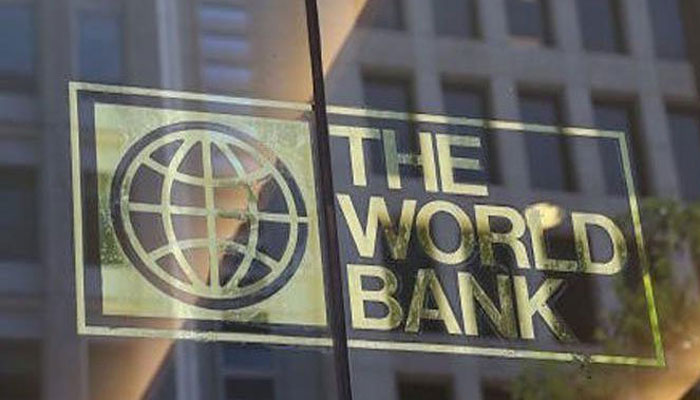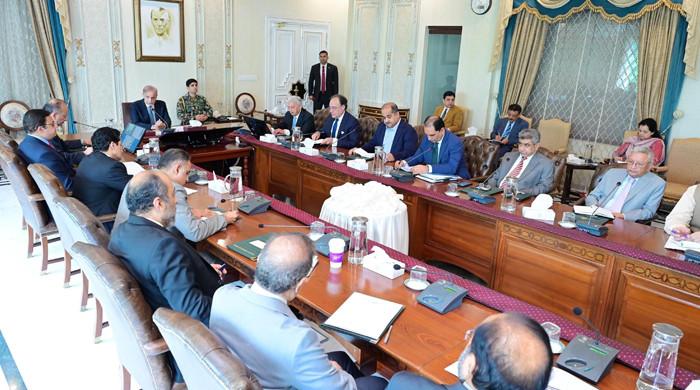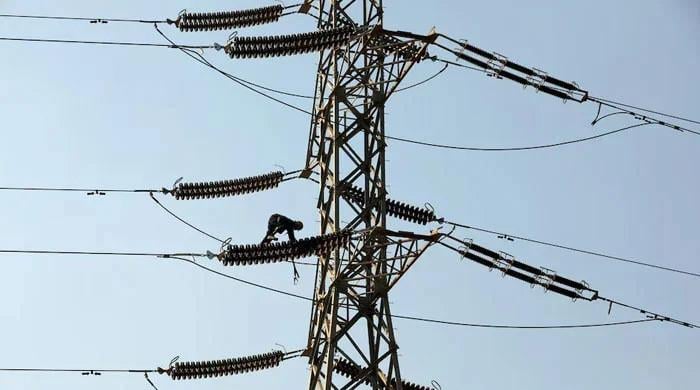Pakistan’s macroeconomic uncertainties rising, says World Bank report
The ongoing fiscal deficit is due to lack of foreign reserves, the World Bank report stated
October 09, 2017

KARACHI: The macroeconomic factors are far from encouraging and vehemently on the rise during the fiscal year 2017, according to a World Bank report published recently.
The WB’s 'South Asia Economic Focus Fall 2017' report mentioned that the macroeconomic uncertainties are increasing due to which the balance of payments is disrupted.
The ongoing fiscal deficit is primarily due to lack of foreign reserves, the World Bank report stated.
Making the right fiscal policies can alleviate Pakistan’s economic woes, asserted the report. It suggested that an increase in exports can help improve the balance of payments.
Higher exports, decrease in imports, and stable remittance flows can ensure stability vis-à-vis balance of payments, it said.
The global financial institution stated that due to the upcoming general elections in 2018, the fiscal situation may deteriorate, adding that due to the ouster of former prime minister Nawaz Sharif, political uncertainties have grown.
The report mentioned that the problems pertaining to the financial framework can decrease the ratio of growth of the economy.
APP adds: Pakistan’s economic growth is expected to accelerate to more than five percent this and in the coming years if the country’s fiscal deficits are well managed and external stability is maintained.
Efforts to reverse the trade and fiscal imbalances and continued implementation of reforms will be needed for sustaining and accelerating growth and improving welfare," said World Bank in its report.
The report says that Pakistan has potential to accelerate its growth rate upto 5.5. percent in Fiscal Year 2017-18 and to 5.8 percent in Fiscal year 2018-19.
Giving overall picture of growth of South Asia, the report said that after leading global growth for two years, the region has fallen to second place, after East Asia and the Pacific.
The region’s slowdown is due to both temporary shocks and longer-term challenges.
Regional economic growth is expected to slow to 6.9 percent in 2017 from 7.5 percent in 2016, but growth could rebound to 7.1 percent in 2018 with the right mix of policies and reforms.
The just released twice-a-year South Asia Economic Focus (SAEF) finds that the slowdown in South Asia has mostly been driven by internal factors, most notably in India, such as a decrease in private investment, and an increase in imports and government spending.
This edition, Growth out of the Blue, explores the potential of night-time light satellite imagery to improve measurement and understanding of economic activities.
While growth rates in South Asia largely remain robust given the economic shocks that some countries in the region have faced, countries should continue to actively address their growing trade and fiscal deficits, said Annette Dixon, the World Bank South Asia Region Vice President.
With the right mix of policies to respond to challenges, we remain confident that South Asian countries can accelerate their growth to create more opportunities and prosperity for their people.
The report also highlights that South Asia was once at the cutting edge in economic measurement and analysis, pioneering techniques such as the use of household surveys.
With the rise of big data, traditional ways to measure economic phenomena like prices and GDP can be supplemented.
To improve economic measurement in South Asia, a greater reliance on big data may help, but a clear agenda toward stronger statistical systems is a necessity.











